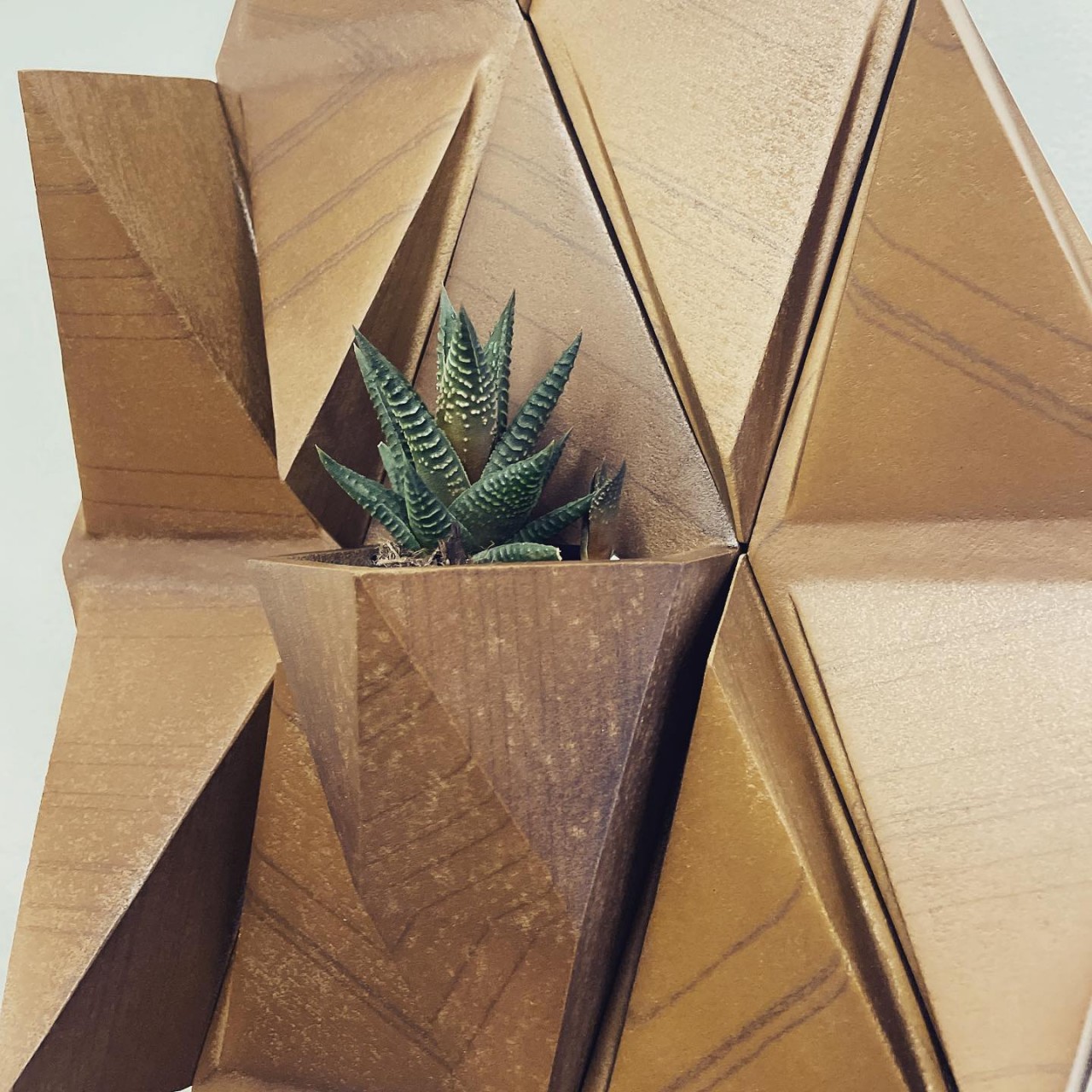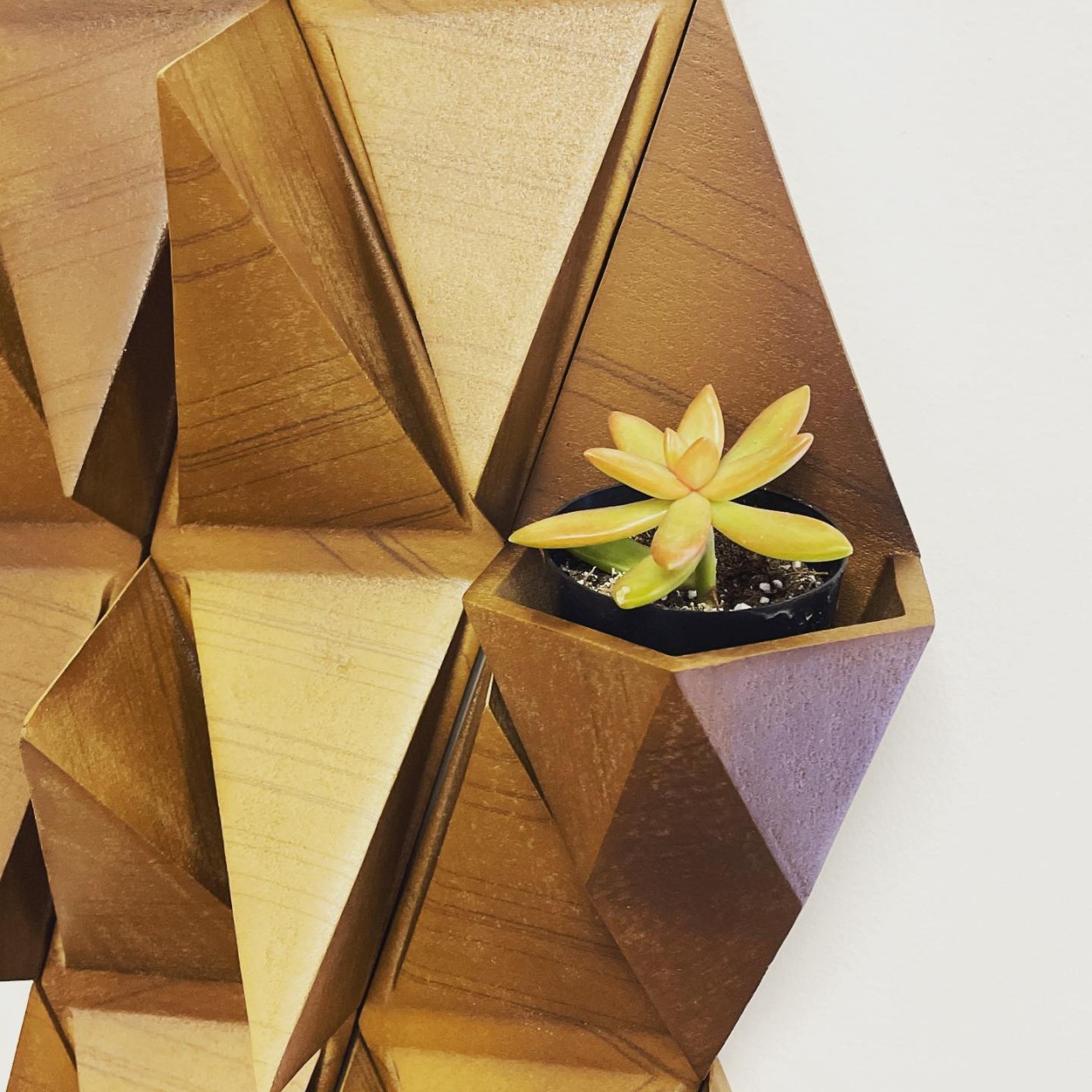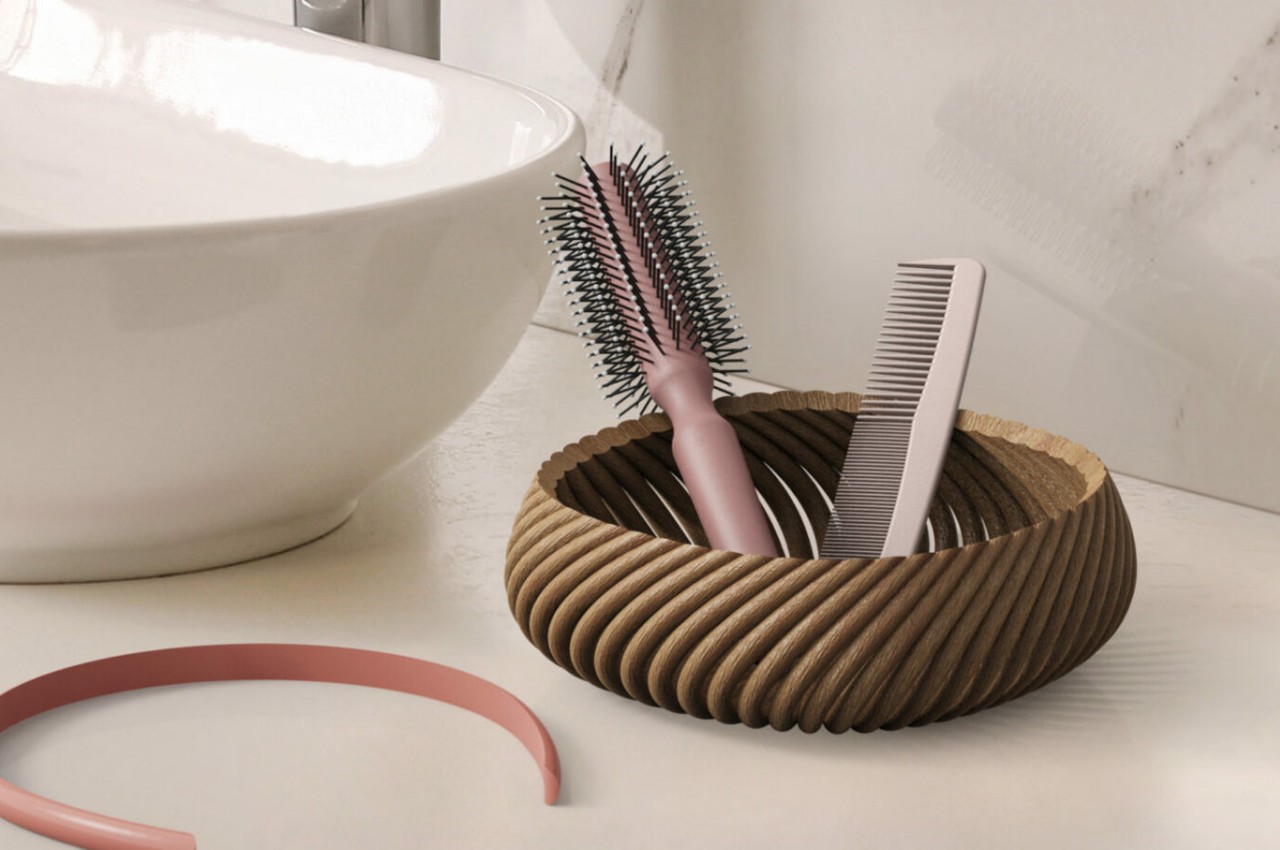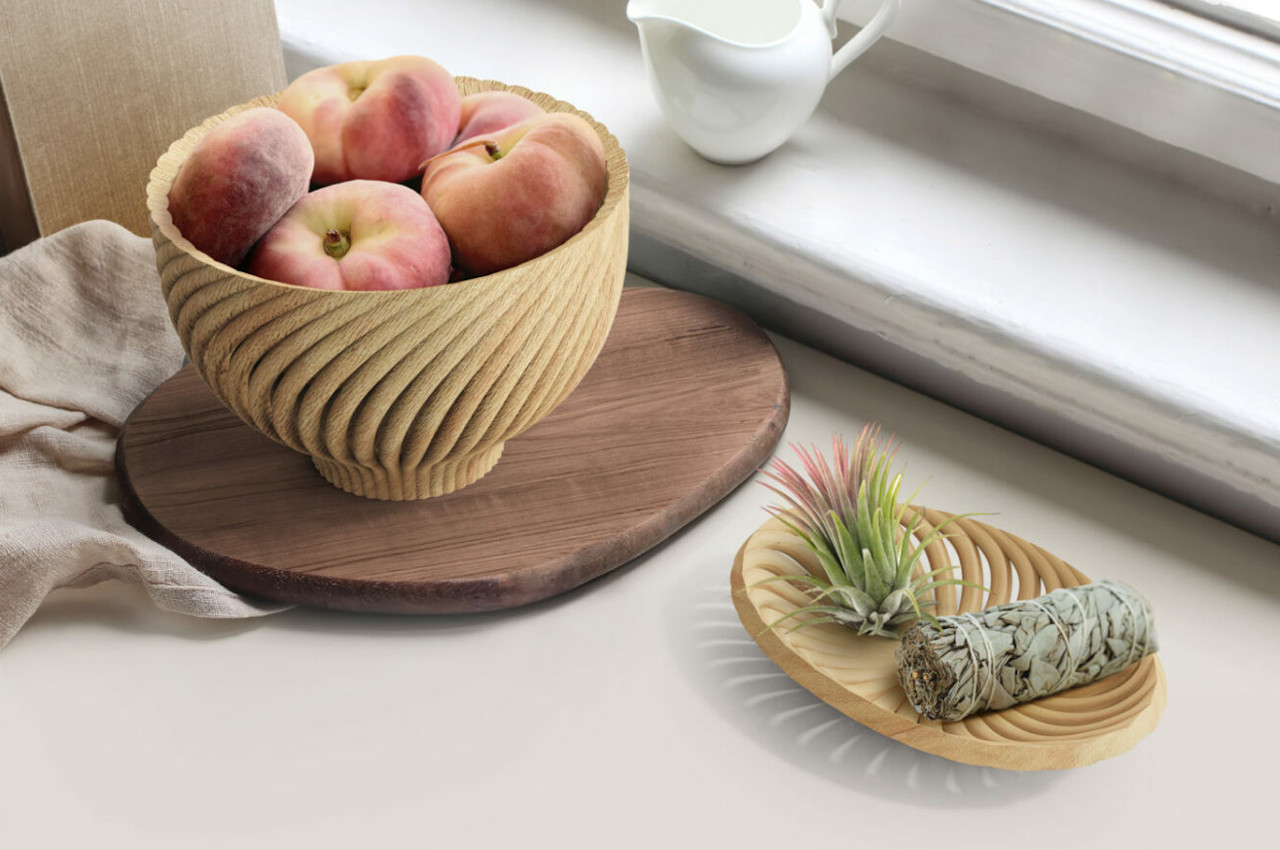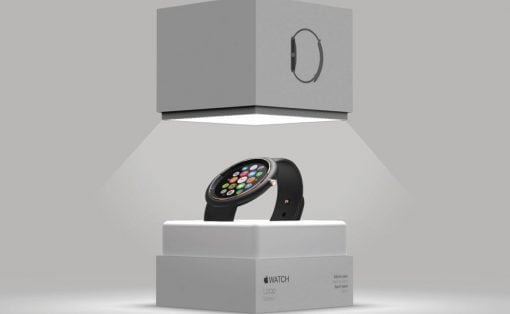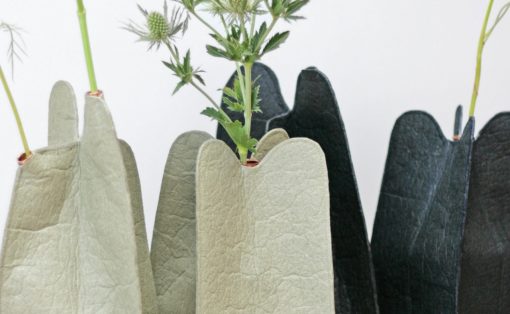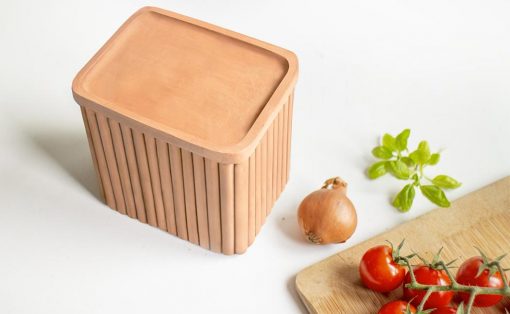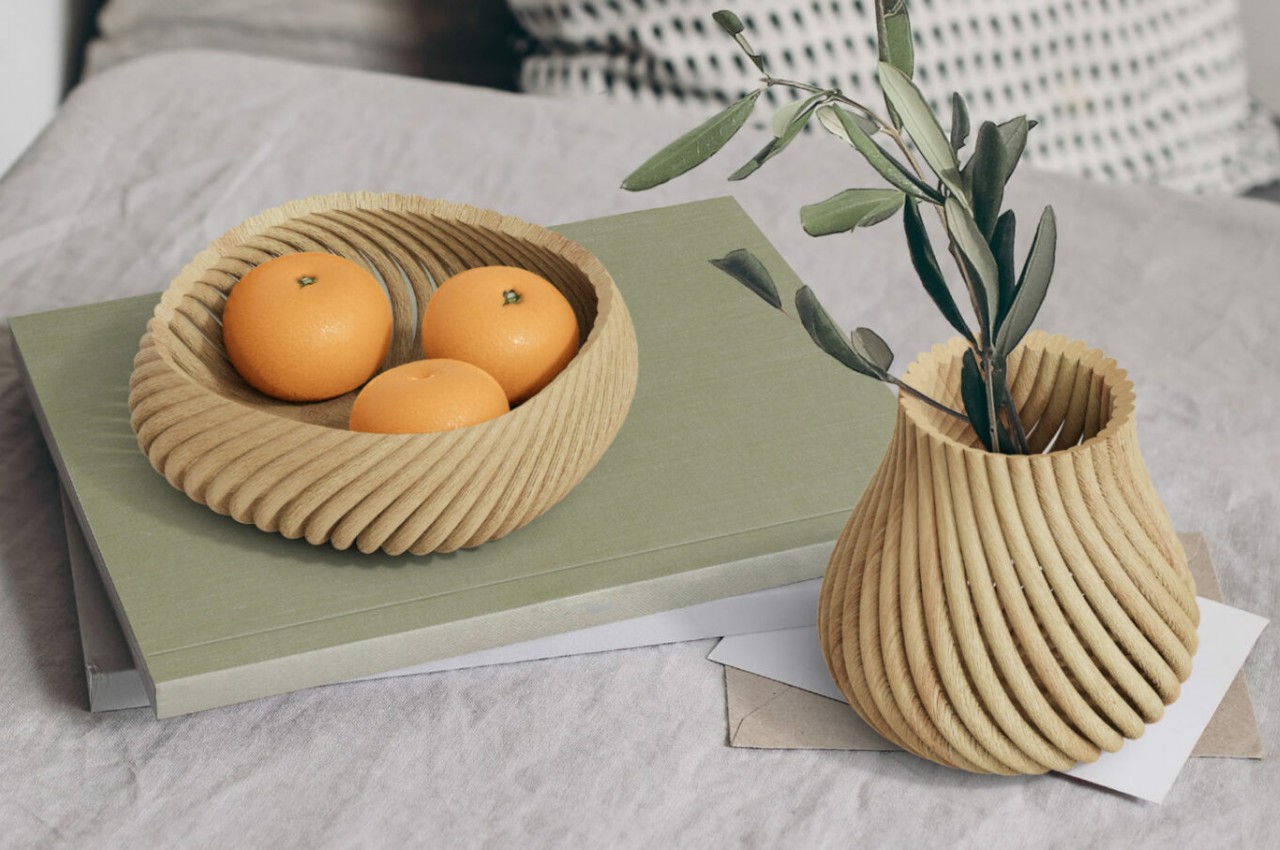
Many product designers and furniture makers love using wood. It has natural beauty, whether finished or not, and is significantly more sustainable than other materials, even if it means cutting down trees. Wood is, of course, biodegradable, especially if not treated with harmful chemicals, but it can also be recycled and reused for other purposes. That’s not to say that there is no waste involved when using wood to create things, especially the sawdust and chips that fly off during the manufacturing process. These tiny pieces of wood are often taken for granted, but one company has figured out how to use this material to create beautiful products that won’t make you believe they were 3D printed from sawdust.
Designer: Forust x fuseproject

Just like typical dust or dirt, sawdust is considered to be something to clean out and throw away as a byproduct of cutting down pieces of wood. Considering their tiny sizes, no one worries about their impact on the environment. Collectively, however, they make up a good portion of the waste that we produce, and that number will only grow higher the more we produce wooden furniture, decorations, and products.
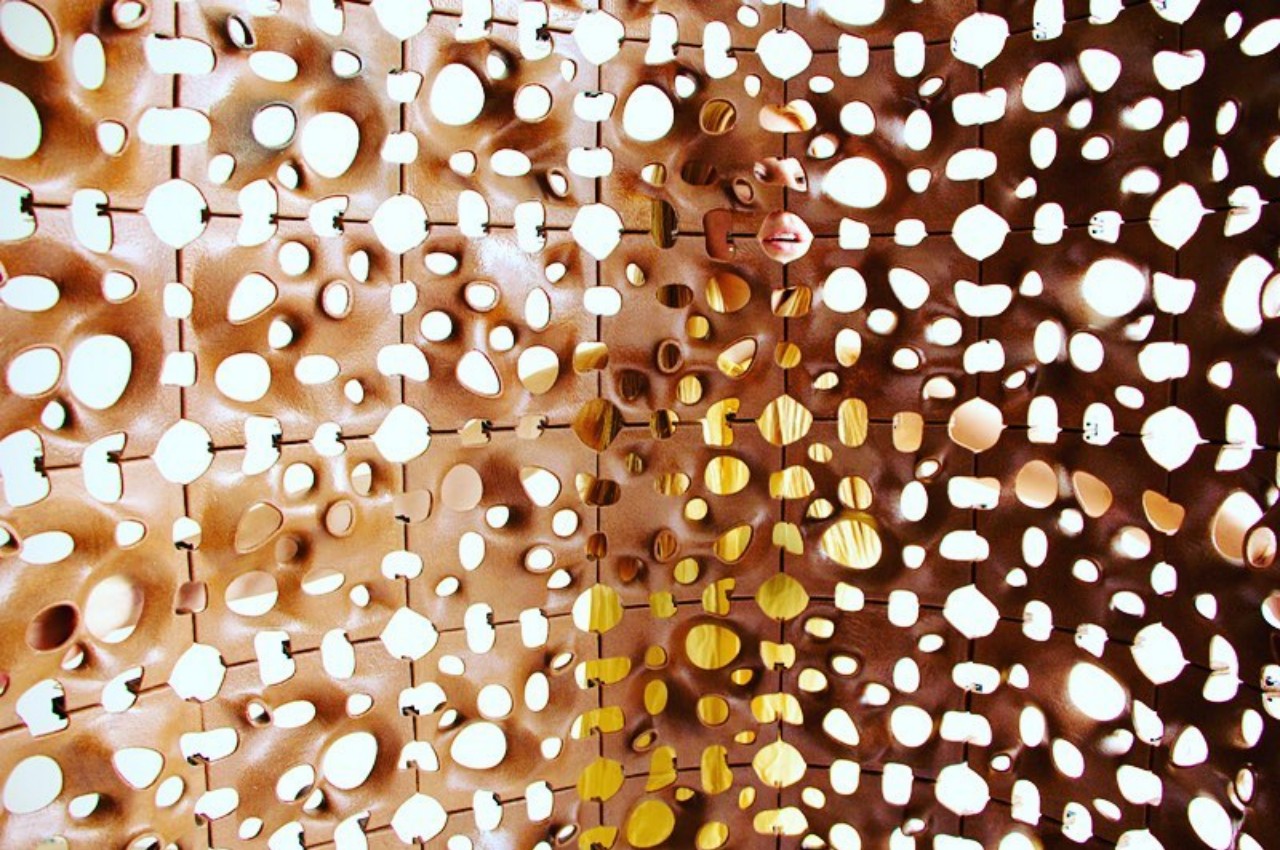
As it turns out, sawdust can actually be used as a material for creating other things, thanks to the almost magical technology of 3D printing. 3D printers can now use almost any kind of source material, from metal to chocolate to PET bottles, so it was only a matter of time before someone had the bright idea to use sawdust as well. And as a test of the usefulness of this proprietary process, a line of beautiful home accessories was made to showcase the flexibility and quality of 3D printed sawdust products.
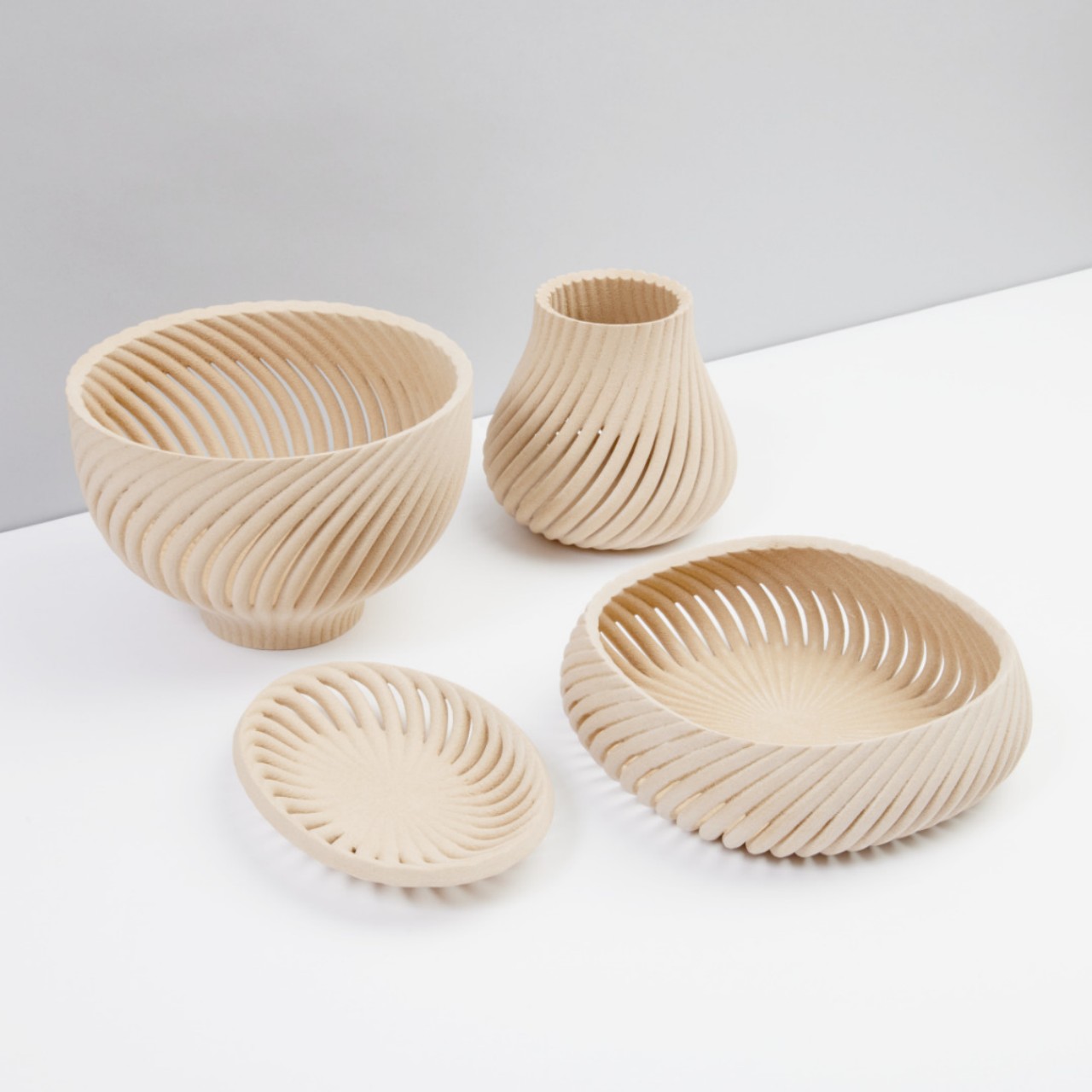
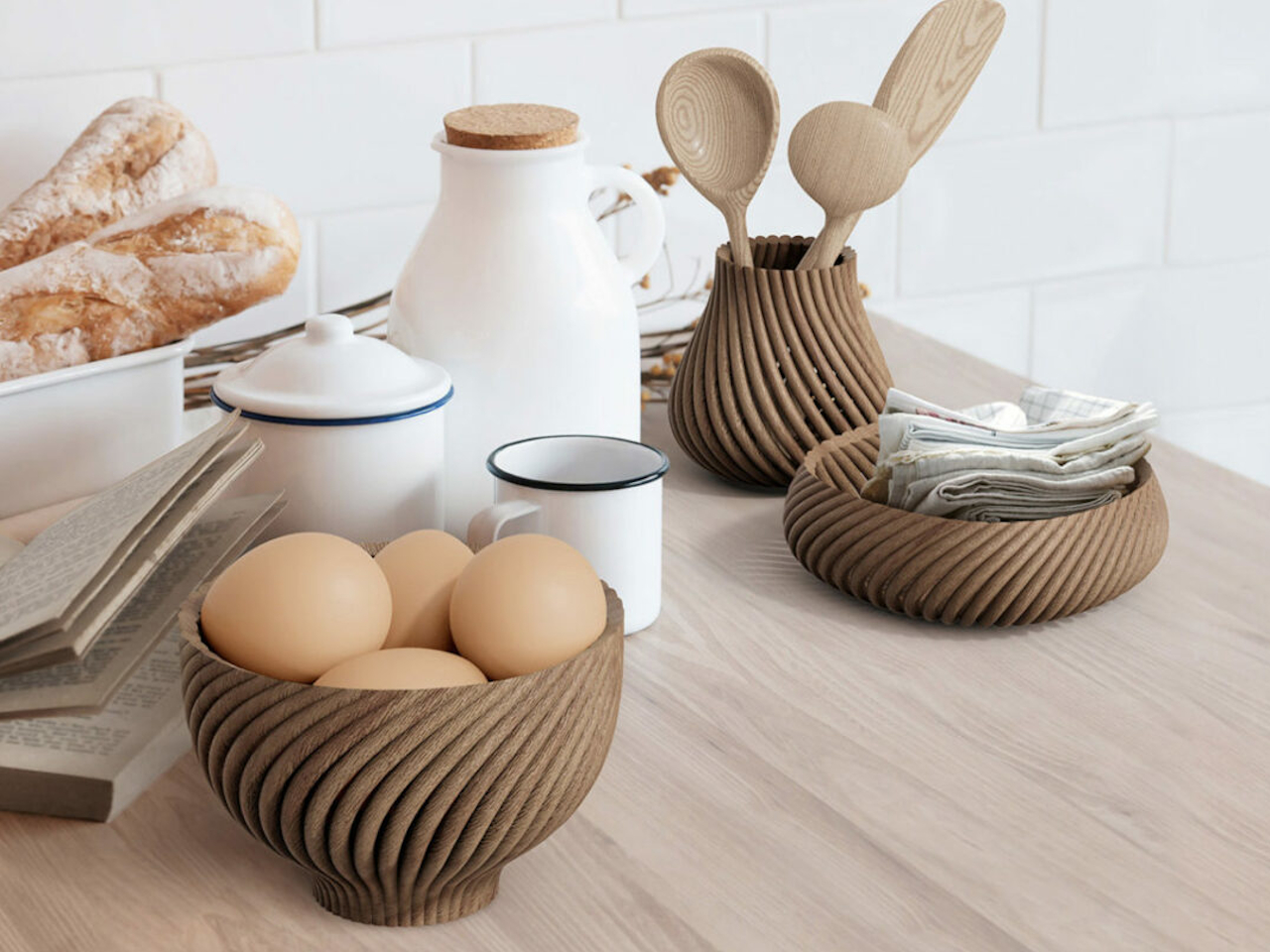
The Vine collection includes a vase-like vessel, a dish tray, a basket, and a bowl that look like a series of wooden rods twisted to create pleasing curves and shapes. No adhesives or extra connecting parts were used to finish their forms, ensuring that the products were sustainable and recyclable from start to finish. The twisting shapes are a testament to the capabilities of Forust’s 3D printer, but they also serve as metaphors for the organic nature of trees that eventually end up as source materials for these products.
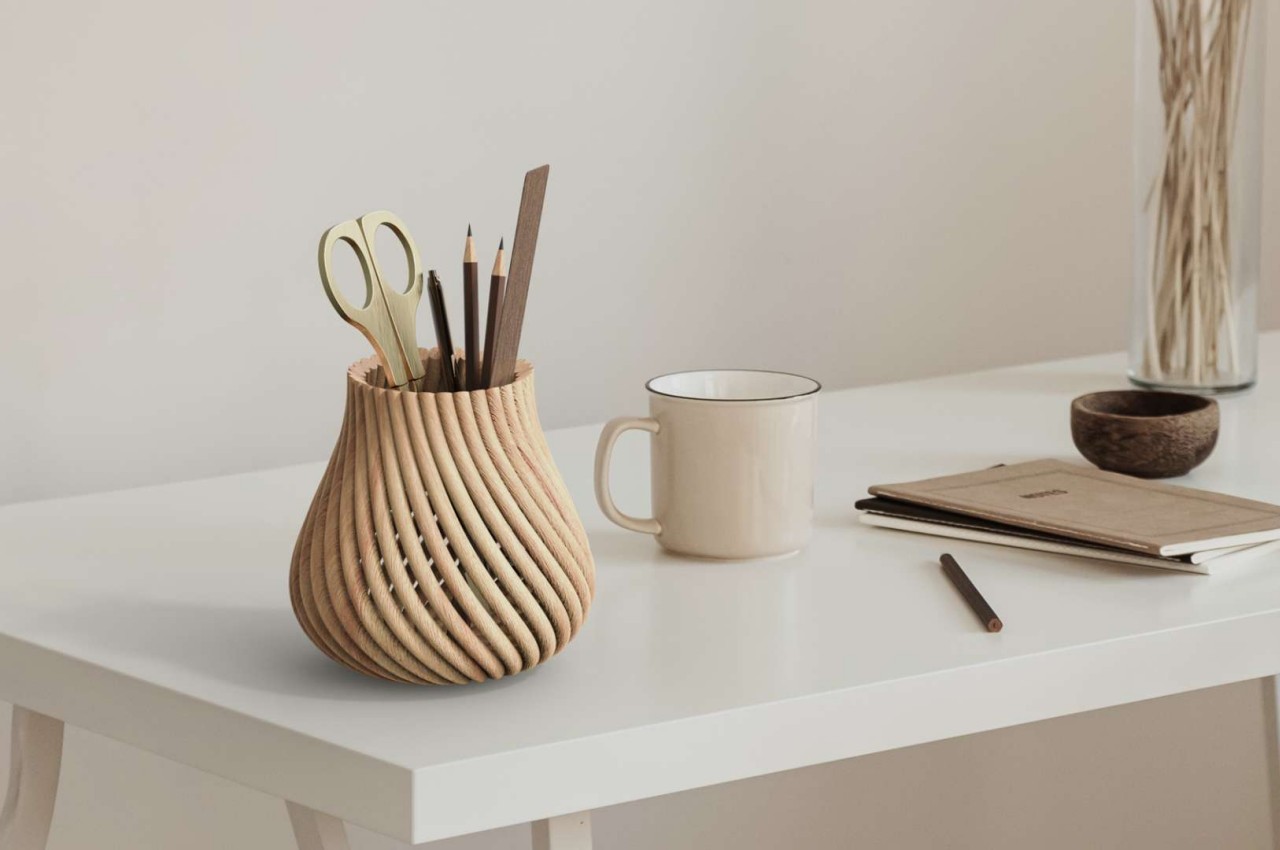
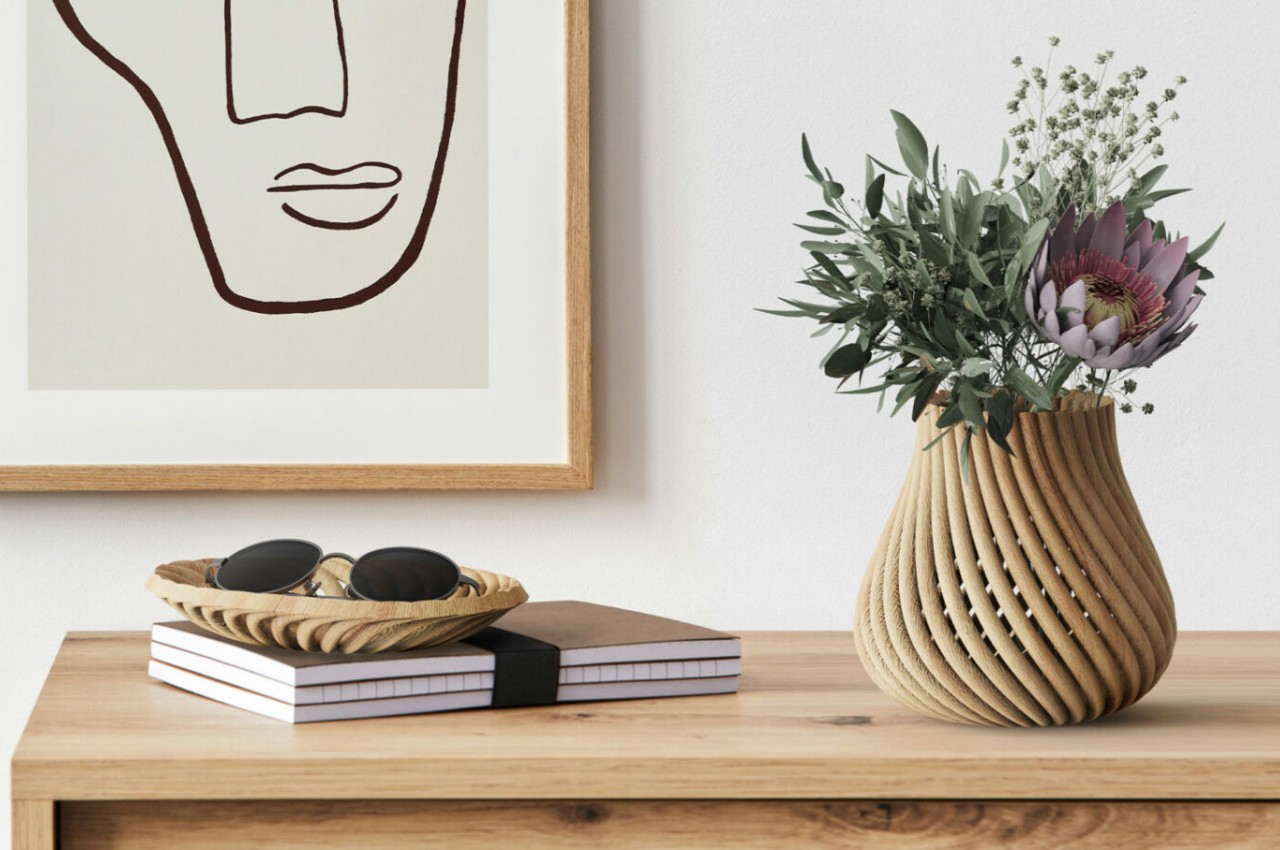
While these 3D printed containers are designed to show none of the natural grains that wood is known for, the technology does actually support recreating the appearance of different wood grains, including those from endangered trees. It can also add colors to different grainless surfaces, expanding the kinds of designs that it can support.
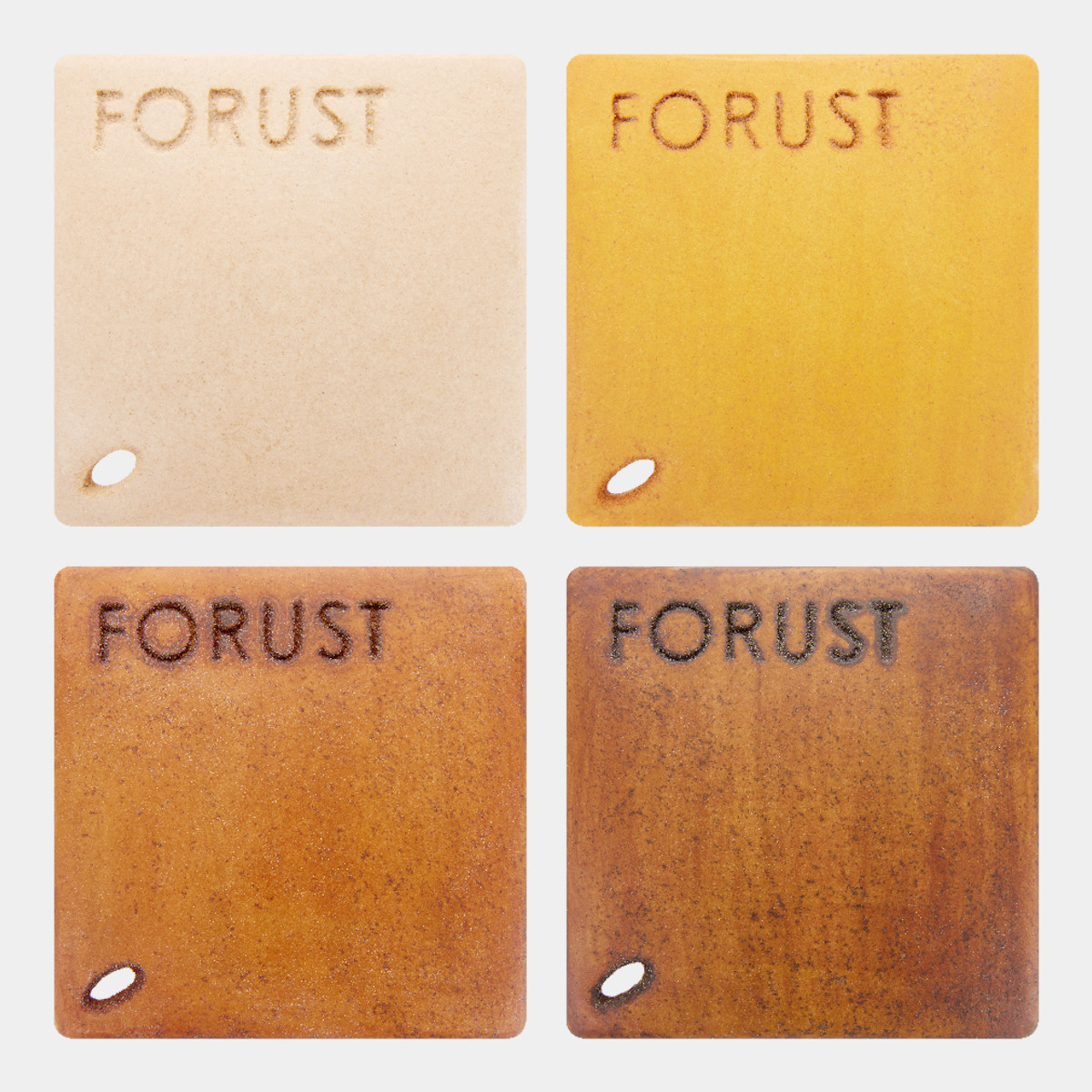
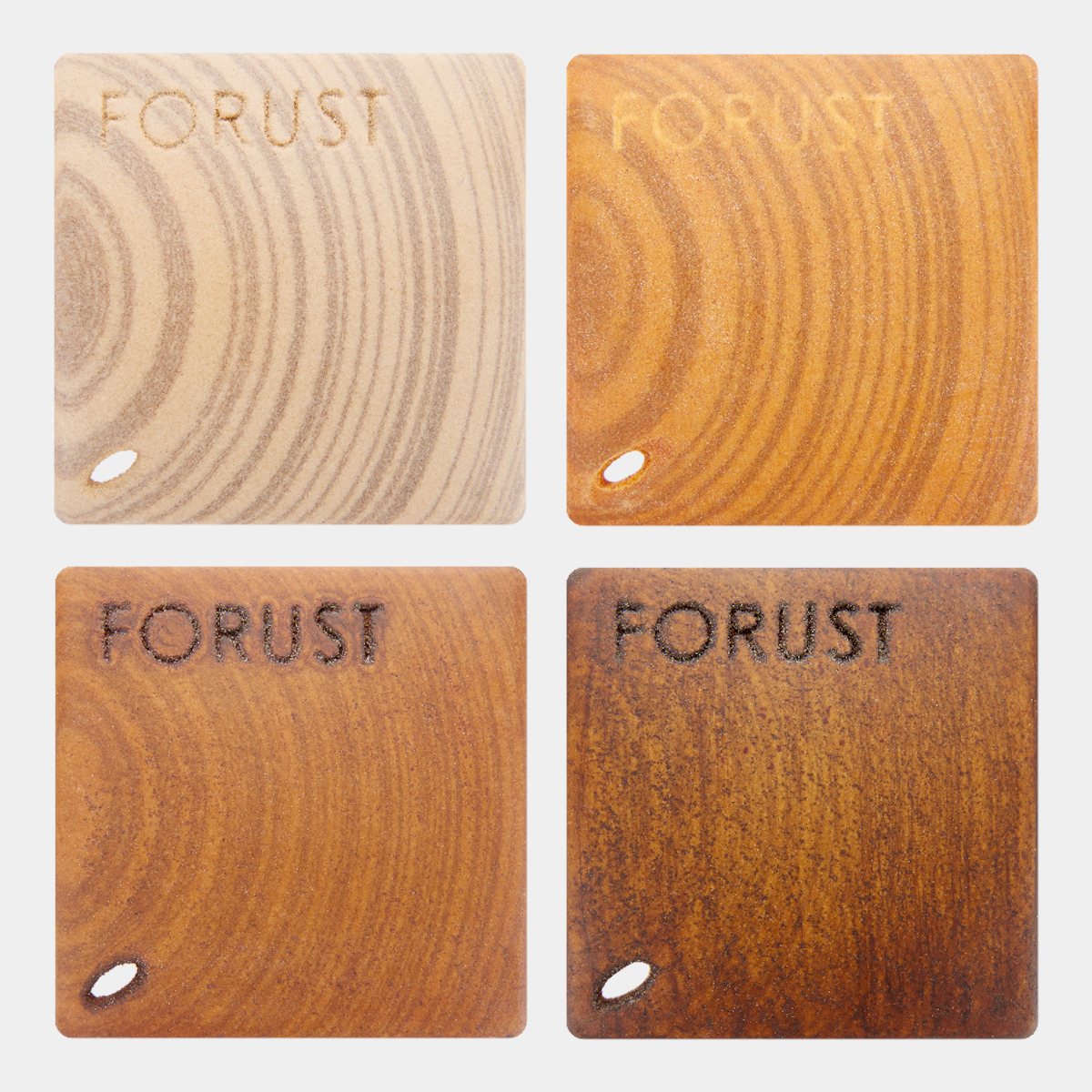
3D printing is a truly amazing technology that has opened the doors to new designs and new materials. It still needs plenty of design thinking, experimentation, and even courage to try out new things, especially ones that could revolutionize the industry and help save the planet in the long run. It’s only too easy to take for granted tiny pieces of sawdust because of their size, but they do add up to form mountains of waste that are also wasted opportunities. Thankfully, there are indeed a few enterprising and responsible minds out there that prove how even dust can become beautiful, sustainable products that can improve the quality of our lives as well as that of the planet.
